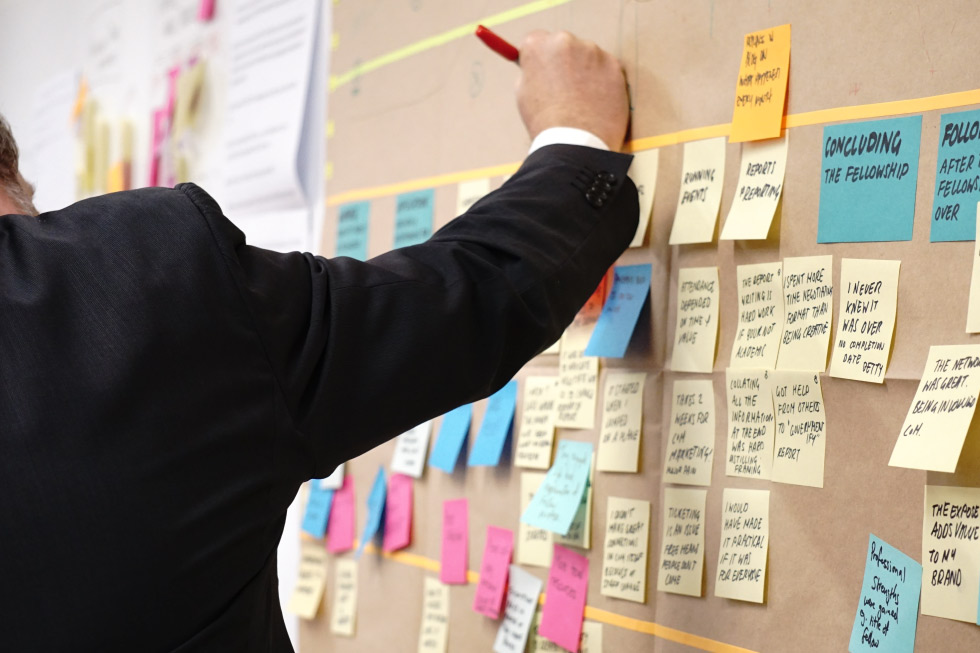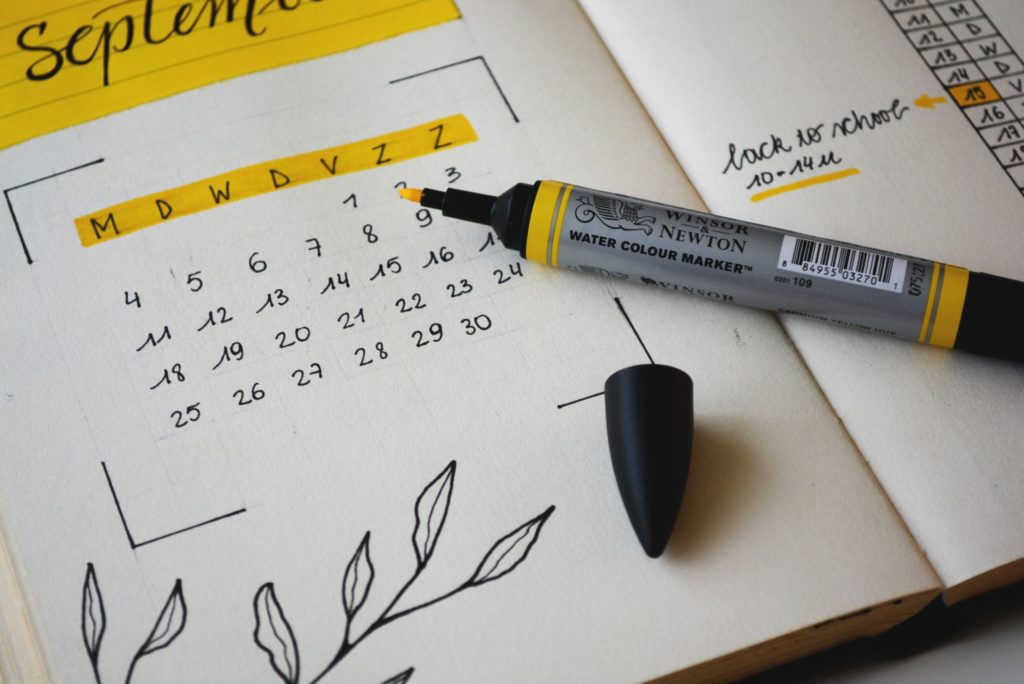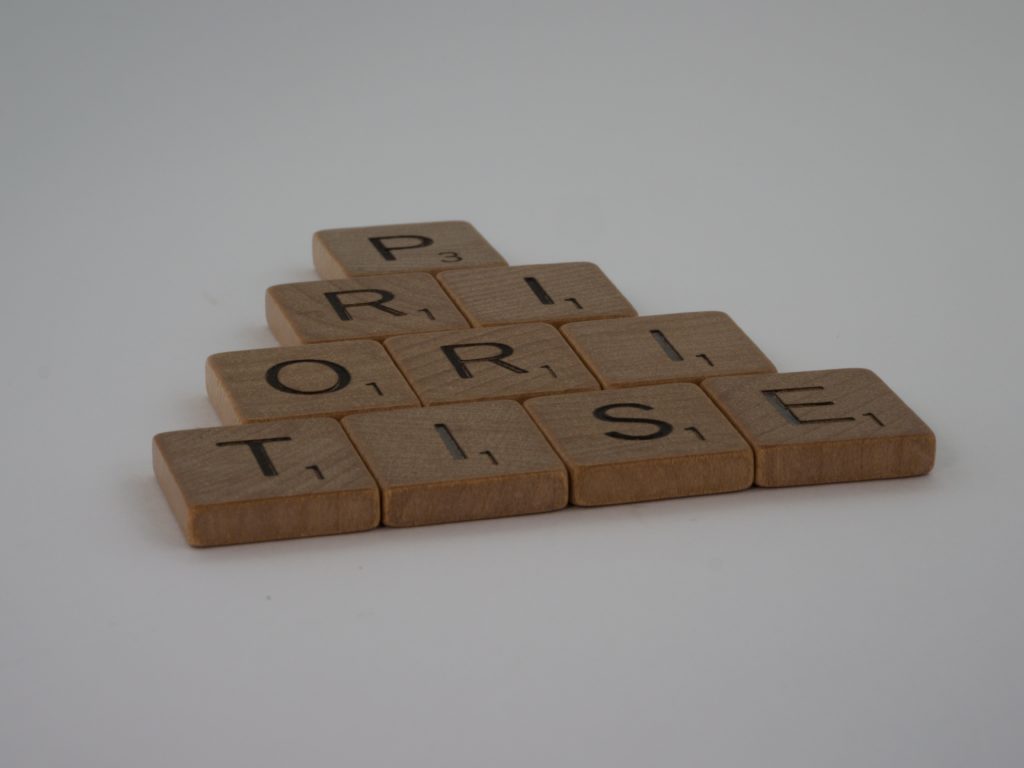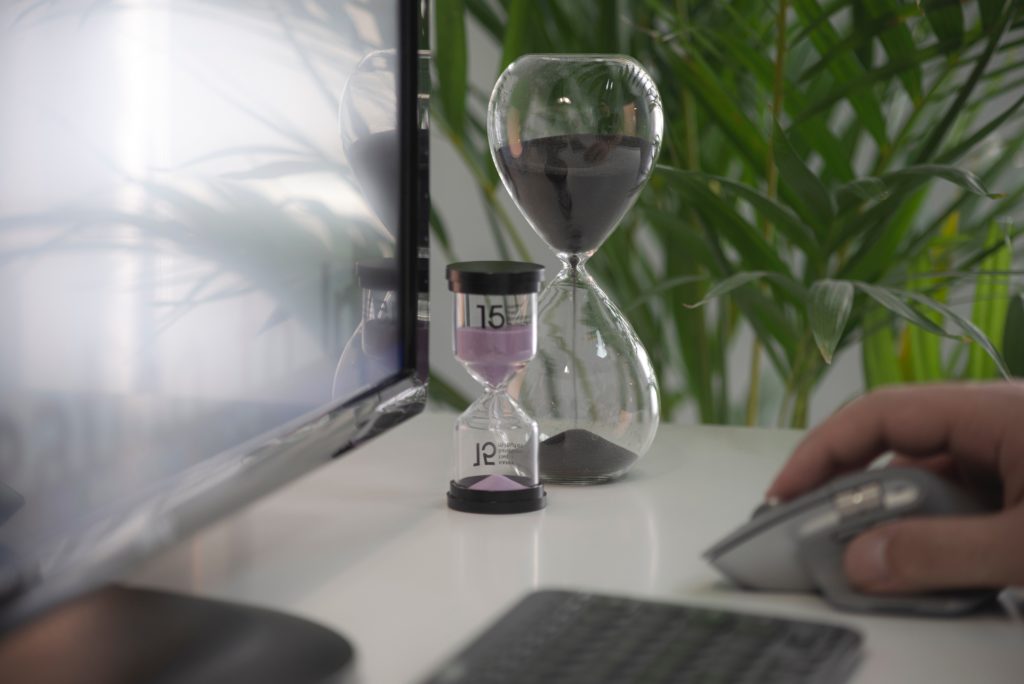
Since the COVID-19 pandemic, remote working has become more popular, affecting workplace culture globally.
Some of the main benefits of remote working include lower costs with office maintenance, supplies, and other utilities.
However, working from home also has its own drawbacks, like burnout and ineffective time management.
That’s because many people are still struggling with their work-life balance. Thus, we will cover seven practical tips to maximize your working time, specifically working with a project management tool.
Working with a well-planned schedule lets you control how you spend your time and focus on high-priority tasks.
Therefore, you can work effectively and achieve a good work-life balance.
1. Use a Project Management Tool

A project management tool helps you and your team manage projects and tasks. Gantter is an excellent example of a project management tool that offers many useful features to keep your productivity during working hours.
For example, it helps you engage with your team remotely using Google-integrated features. Here are some other benefits of using Gantter as your project management tool:
Clear and smooth collaboration. It helps team members easily communicate by asking questions or reporting their work to their supervisor. They can also share documentation for a project they are working on.
Real-time progress monitoring. It is crucial to track progress when working on a big project. Gantter will aid you in monitoring and checking whether your team finishes scheduled tasks on time.
Strong workflow. Gantter also helps build a solid workflow. It allows you to assign tasks independently or collectively to your team members and see how they perform the assignments.
A project management tool is also great for managing your blog. You can create a content calendar template to track your publishing progress, from brainstorming new ideas, working on the current tasks, and scheduling the posts.
2. Plan Your Work

Not planning your time might cause your work to be less effective. So, plan and schedule all the tasks you need to complete in a certain period. It is also important to write them down so you can mark any completed tasks.
If you want to use your spare time to start blogging, create a plan to categorize the priority tasks. For example, on the first day, choose a niche, register a domain name, and pick a web hosting service.
Then, dedicate the next day to building and customizing the blog. In the following days, you’ll be able to focus on publishing content and optimizing the website.
Understanding your optimal working hours is also important for your productivity. For instance, if you are a morning person and work more effectively in the morning, use it to complete the heavy or priority tasks.
3. Set Priorities

It is recommended to break apart your responsibilities into categories so you know what to complete first.
For example, the Eisenhower Matrix helps categorize your responsibilities based on whether they are important or urgent:
- Important and urgent. The priority tasks are in this category. They have shorter deadlines, and there are consequences if not completed immediately.
- Important but not urgent. In this category, the tasks involve long-term goals such as future-planned projects or presentations. Therefore, it is better to schedule them on your calendar.
- Not important but urgent. If you have spare time between your priority tasks, it is better to complete them, such as replying to emails from your manager or publishing blog posts.
- Not important and not urgent. These tasks are considered bad habits, which block you from completing primary responsibilities from the first and second categories. Avoid these tasks during your productive hours.
Categorizing your responsibilities is a great way to complete tasks faster. Then, you will have more spare time to do other activities, such as working on your blog.
4. Track Your Working Time

Managing your working time also helps you complete priority tasks and meet your daily target. Set a timer to monitor how you spend your time to avoid working too much on a single task. Overworking can mess up your plan and daily target.
For example, when working on a big project with your team, set specific deadlines for each task. Gantter provides a feature where you can set how long a task should take to complete.
Additionally, write the details of each task that you need to focus on. Then, you can adjust how long it will take to complete it. Use a time tracking tool like Clockify to help you monitor the time you spend on each task.
5. Limit Distractions

Distractions can hold you off from achieving your daily goals. When companies implement flexible working hours for remote workers, they might easily get distracted by home chores, TV, games, or children.
Also, constantly checking your email or chat notifications and getting involved in office conversations is another source of distraction.
Getting rid of distractions is quite tricky, but it can greatly benefit your work productivity. The following are some tips to avoid distractions:
- Snooze your notifications so you don’t check incoming chats at all times.
- Schedule a specific time to check emails.
- Communicate with colleagues about non-work-related topics after your working hours.
- Learn to delegate low-priority tasks.
6. Avoid Multitasking

While multitasking can be a way to reduce your workload faster, it also has downsides.
Multitasking makes you lose focus. When you cannot focus on a specific task, you have a higher chance of making mistakes or getting distracted. Thus, it might result in poor work performance.
Additionally, multitasking can slow you down. When working on a particular task separately, your brain tends to work effectively and efficiently.
When you multitask your work, like switching back-and-forth between tasks, it negatively affects your workflow and makes your daily goals harder to achieve.
Multitasking can also negatively affect your health due to increased stress levels and potential accidents caused by a lack of focus. That is why avoiding multitasking is recommended to help you increase work performance and better manage your time.
7. Summarize and Plan Ahead

Analyzing your working time is also important to keep you organized and disciplined, which improves your time management.
For example, make a summary containing feedback about your working performance. Then, create a list of tasks you have completed, ongoing tasks, and planned tasks. If it becomes a habit, your time management will be more effective.
Furthermore, Gantter makes your working performance analysis easier, as it has a built-in analytic tool that provides a report for each completed task. It helps plan your projects more accurately.
Conclusion
Good time management positively impacts your work and personal life. It helps you focus on your responsibilities, avoid distractions, and get high-quality results.
There are some tips and tricks you can implement to manage your time effectively, such as:
- Plan your work
- Set priorities
- Use a project management tool
- Track your working time
- Minimize distractions
- Avoid multitasking
- Summarize and schedule your workdays
Achieving an effective time management strategy is not done instantly. It takes effort and patience. When you successfully make it a habit, you will feel the rewarding results of your hard work.

 Bantter Blog
Bantter Blog